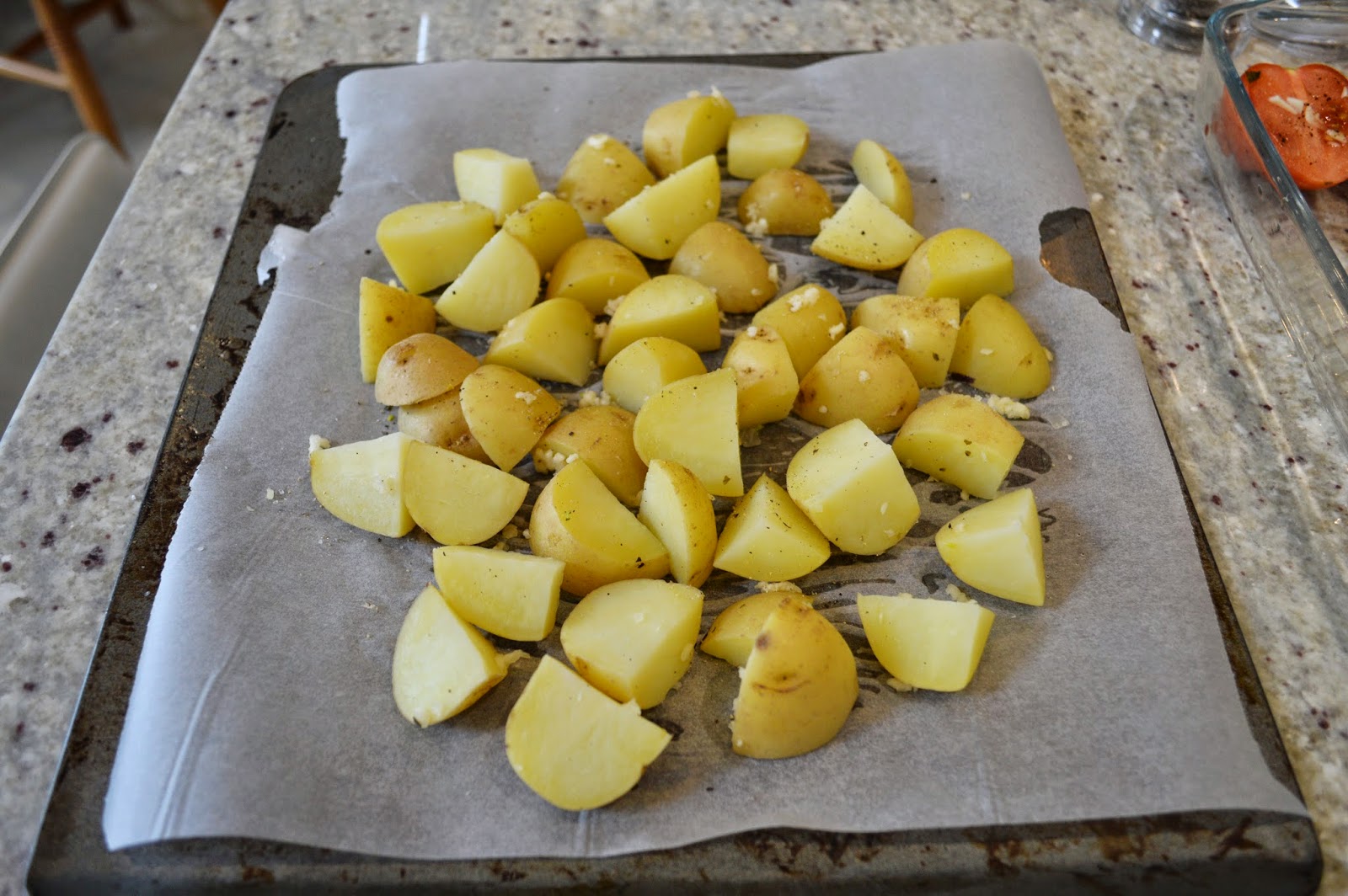Paella is probably my all-time favourite food to cook. I love it. It reminds me of holidays and cooking outdoors on the barbeque on the terrace in Spain. I love the smells of seafood and saffron and paprika and deliciousness. I love the colours. I love that it's impressive. (And I love that it's really easy to make too!) I love that you can change up the ingredients to suit whatever you have on hand at the time. It's just one big plate of love.
.JPG)
.JPG) Paella, however, is apparently not all that Spanish - instead, the Spaniards tend to view it as a Valencian dish, which is where it originated from. For those of you who, like me, had no idea that Valencia wasn't actually properly part of Spain, Valencia is actually an autonomous community within Spain, kind of like the relationship between Wales and England. Anyway, there are three kinds of paella - the traditional Valencian variety, which is made with meat, beans, rice and green veg, and the more common seafood paella and mixed paella. Basically, this all translates into meaning you can make a paella with whatever you've got and it's still going to be yummy and true to the 'real' recipe!
Paella, however, is apparently not all that Spanish - instead, the Spaniards tend to view it as a Valencian dish, which is where it originated from. For those of you who, like me, had no idea that Valencia wasn't actually properly part of Spain, Valencia is actually an autonomous community within Spain, kind of like the relationship between Wales and England. Anyway, there are three kinds of paella - the traditional Valencian variety, which is made with meat, beans, rice and green veg, and the more common seafood paella and mixed paella. Basically, this all translates into meaning you can make a paella with whatever you've got and it's still going to be yummy and true to the 'real' recipe!
Now, the one thing that is totally important that you get right is the rice. It is vital you get bomba (paella) rice, for this. It's got a really big grain - a bit like Arborio risotto rice. Try and use basmati, or (God forbid) American long-grain and you will get an unexciting plate of stodge.
The other thing to bear in mind is that the better the quality of your fish stock, the better the taste of the paella. So invest in some mega stock-cubes, or make your own next time you've got seafood lying around!
Finally, you're going to want a paella pan, or, if you haven't got one (we don't!) you can use any heavy wide-based frying pan you have. You want it to be about 30cm circumference for a paella that will feed 4.
This is so yummy. Seriously, I ate three helpings.
Enjoy today!!
- rosinaviolets x
Seafood Paella
Serves 4 (or 1 if you're me)
2 x 200g packet prawns (or you can use chicken if you don't like seafood, or half and half if you want a mixed paella, or you can just go veggie!)
1 onion, finely chopped
3 cloves garlic, smooshed
225g fine green beans, sliced
1 red or green pepper, cut into cubes
pinch saffron
salt
2 tsp smoked paprika
250g bomba rice
1 x 400g tin chopped tomatoes
900ml fish stock
2 tablespoons roughly chopped fresh parsley
1 lemon, cut into wedges, for serving
- Make up the fish stock and combine with the smoked paprika, pinch of salt and pinch of saffron.
- Heat a little olive oil until really hot in the paella pan or frying pan. If the prawns or chicken are not yet cooked, cook them until they are done and then remove them to a plate.
- If the pan is a bit dry, add a splash of water before throwing in the onion, garlic, pepper and green beans. Reserve a few of the green beans for a garnish on the top when you're done! Cook everything over a low heat for about 10 minutes until soft.
- Now it's time to pour in the rice. You've got to pour it in in a cross shape - no messing with tradition here! Then stir it up to combine.
- Add the tin of tomatoes and the hot stock. Bring it all to the boil and then lower to a simmer and cook for 10minutes.
- Arrange the prawns and chicken around the edge of the pan and cover the whole thing with a couple of big sheets of foil. Cook for another 20 minutes.
- Take the foil off and add the reserved green beans to the middle before cooking for another 5 minutes. Take a listen - it should be crackling a little - this is the absolute best bit to eat! It's called the soccarat and it's a crust on the bottom of the pan. If you eat a paella out and it doesn't have a soccarat, it's not a great paella! It may be good, but it's not great!
- Remove the pan from the heat and sprinkle with parsley. Leave some extra for people to add to their servings.
- Don't forget the lemon - it's absolutely vital and just makes the whole thing zing. Encourage everyone to squeeze over loads. Yum yum.

.JPG)
.JPG)
.JPG)
.JPG)
.JPG)
.JPG)
.JPG)



.JPG)











.JPG)



.JPG)

.JPG)
.JPG)


.JPG)
.JPG)



